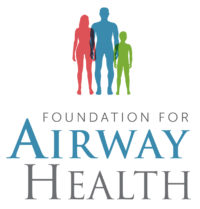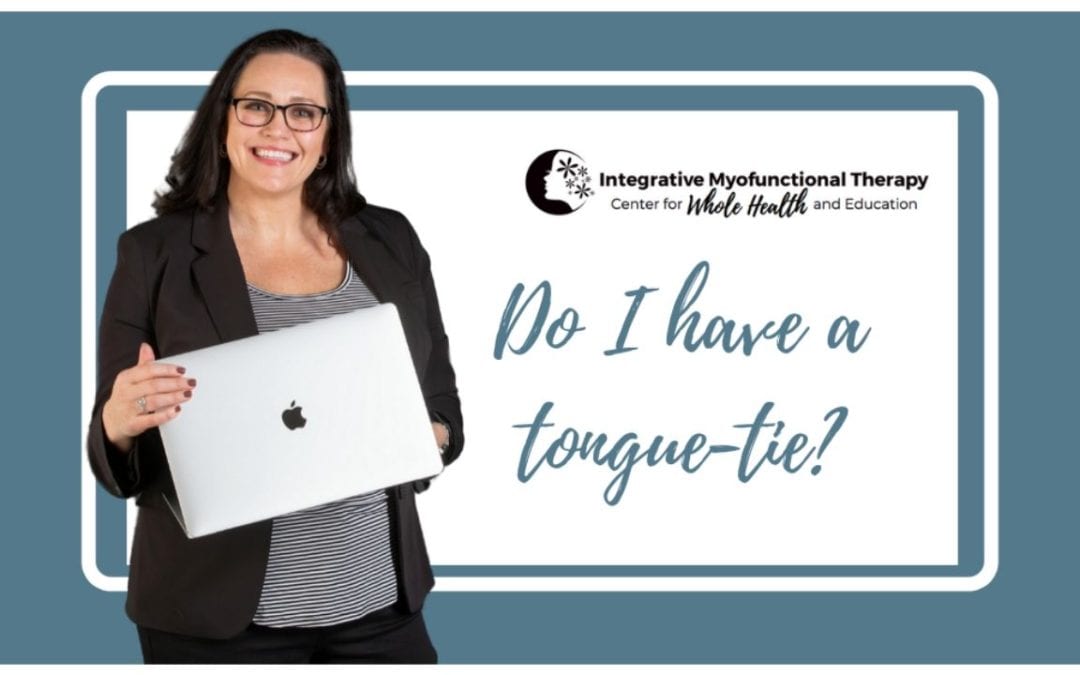Identifying a Tongue-Tie: It’s About So Much More Than tongue-Tie Appearance
One of the most perplexing things for my audience is figuring out whether or not he or she, or their child has a tongue-tie, and trying to wrap their head around the fact that it’s about more than just tongue-tie appearance. Some new mommas learn about tongue-tie by accident when they have a newborn who can’t nurse well and then they start digging into their own issues, but many just happen to end up in my world by accident.
The problem with tongue-tie appearance is there is such a variation. And there isn’t a black and white “test” for a tongue-tie. Unlike a pregnancy test, which under most circumstances is correct, a “tongue-tie” test given by the wrong person or interpreted by the wrong person, gives incorrect results and lots of misinformation.
A seasoned myofunctional professional will help you learn about tongue-tie appearance. Yes, some tongue-ties are what I consider low-hanging fruit, but a majority of what I see in my myofunctional therapy practice is mild-moderate tongue-ties with moderate-severe oral function impairment and symptoms. (Not to get all hippie-dippie woo-woo on you, but discovering a tongue-tie and getting to the bottom of myofunctional impairment is life-changing for my clients.)
In my new video, Do I Have a Tongue-Tie?, I share with you a recent lecture that I did to educate my audience on tongue-tie appearance. Remember 90% of what I see is not easily identifiable. It’s truly about the oral function and not just appearance. In this video, I walk you through the questions that I ask during a comprehensive exam and why. I help you understand why I ask, and what it means to you. If you’ve grabbed your Getting Started Guide, you can use it while watching this video.
What Should You Do First?
#1. Get a solid understanding that it’s not about tongue-tie appearance, it’s about oral function. Regardless of what your doctor may be telling you, it doesn’t mean it is correct! There is more to it than looking at whether you can extend your tongue or lick an ice cream cone.
#2. Find your myo person. Getting an experienced myofunctional therapist to help educate you. I’m not worried about the tip of the tongue as much as I’m worried about the back of the tongue. The posterior blade of the tongue needs to function properly for a correct swallow. In many, if not most of my clients the back of the tongue doesn’t move during a swallow. This becomes a huge problem in my older population of clients because they are starting to choke, and it’s extremely difficult to relearn a new habit when you’ve been doing it wrong for decades.
#3. Understand that it is a process. I encourage you to read Tongue-Ties and Myofunctional Therapy: 2 Pieces of the Puzzle to help you further understand why this is so important.
#4. Download the Getting Started Guide.
#5. Read The Ultimate Guide To Tongue-Ties.
#6. Read The Ultimate Guide To OMT.
#7. Make an appointment with me so we can visit face-to-face and talk about your situation. I give everyone 30 minutes of my time to help get you on the right path! You can make a complimentary appointment here.


Meet Carmen Woodland
I found this path of passion years ago as a dental hygienist. After a stint in graduate school to earn my M.B.A., I decided that I needed to pivot. My heart was no longer in scraping teeth, but making a much bigger impact on lives touched by myofunctional impairment.
My story is personal and close to home. My sweet granddaughter was passed back and forth amongst doctors and therapists for years trying to figure out her speech, breathing, sleep, chewing and swallowing issues. It wasn’t until I completed more training that I knew her problem was a significant tongue-tie. Bingo.
Fast forward to now. I’m a crusader. A warrior. A voice for those who can’t find theirs, or who don’t have one.
I left clinical hygiene practice to start Integrative Myofunctional Therapy. It has evolved from a way to make a living, into an obsession!
I see clients all over the world and provide innovative, virtual therapy in the remotest of places.
In addition, I also
- Teach other dental hygienists how to become myofunctional therapists through my Myo Mastery Program
- Coach dental offices on how to implement myofunctional screening into the daily practice
- Speak in various settings
I’m an airway provider for the Foundation of Airway Health, where I work diligently for the recognition, diagnosis, and treatment of airway related disorders.
And last but not least, I’m a proud member of several professional associations that afford me the opportunity to learn so that I can help you. My professional memberships include:


